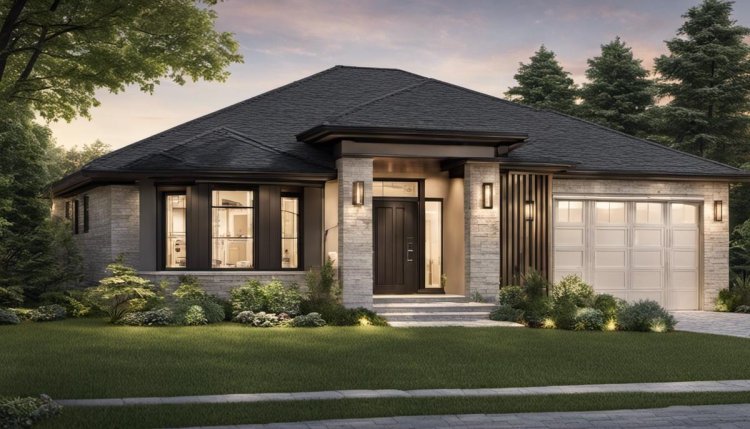Beyond Curb Appeal: Elevating Exteriors with Contemporary Design

The exterior of a home is often the first impression a visitor receives, making it a critical aspect of residential design. Contemporary exterior design goes beyond the traditional notion of curb appeal, transforming the outer appearance of a dwelling into a statement of modernity, innovation, and style. In this exploration, we delve into the principles and elements that define contemporary exterior design and how they contribute to the overall aesthetic and functionality of a home.
Defining Contemporary Design:
Contemporary design, in the context of exteriors, embraces a fusion of clean lines, open spaces, and a harmonious relationship between the structure and its natural surroundings. Unlike traditional styles that may rely on ornate detailing and historical references, contemporary exteriors prioritize simplicity, functionality, and a connection to the present.
Materials and Textures:
Contemporary exteriors often feature a mix of materials that create visual interest and depth. Common materials include concrete, glass, steel, and wood. The juxtaposition of these materials adds texture and character to the façade. For example, a combination of sleek steel panels and warm wood accents can create a dynamic and inviting exterior.
Innovative Architectural Elements::max_bytes(150000):strip_icc()/White-Painted-House-Exterior-483598945-56a4a0a45f9b58b7d0d7e44d.jpg)
One hallmark of contemporary exterior design is the incorporation of innovative architectural elements. This can include asymmetrical structures, large windows that blur the boundary between indoor and outdoor spaces, and flat or low-sloping roofs. These elements not only contribute to the overall aesthetic but also serve practical purposes, such as maximizing natural light and ventilation.
Landscaping Integration:
Contemporary design extends beyond the building itself to encompass the surrounding landscape. Landscaping plays a crucial role in enhancing the overall visual impact of the exterior. Minimalistic gardens, sustainable practices, and the use of native plants contribute to an eco-friendly and visually appealing outdoor space.
Technological Integration:
The integration of technology is another key feature of contemporary exteriors. Smart home systems, energy-efficient lighting, and automated features contribute to the functionality of the exterior spaces. This not only aligns with modern living standards but also adds a layer of convenience and sustainability to the home.
Color Palette and Finishes:
Contemporary design often employs a neutral color palette, with a focus on whites, grays, and earth tones. Bold accents may be introduced through strategically placed elements, such as brightly colored doors or artistic installations. The choice of finishes, such as matte versus glossy surfaces, further refines the aesthetic and contributes to the overall modern feel.
Conclusion:
In conclusion, contemporary exterior design goes beyond mere curb appeal; it is a holistic approach to creating a living space that reflects the current zeitgeist. From innovative architectural elements to sustainable landscaping practices, each aspect is carefully considered to contribute to the overall harmony of the home’s exterior. By embracing simplicity, functionality, and a connection to the environment, contemporary design elevates exteriors to a new level of sophistication and style.

